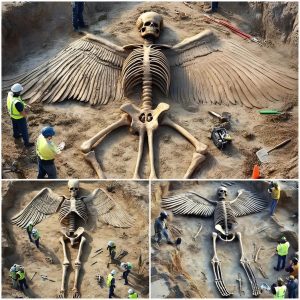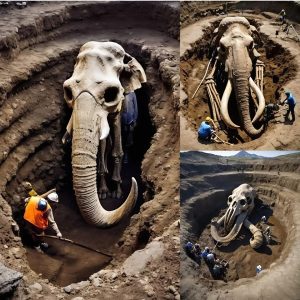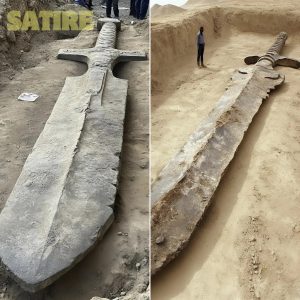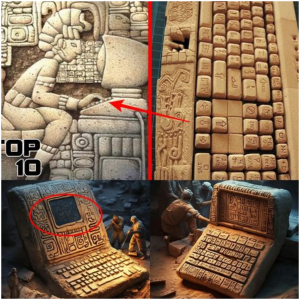An incredible archaeological discovery has stunned the world: the colossal ruins of a historic city in East Africa have been uncovered. This excavation has provided significant revelations about an ancient civilization previously unknown to us.
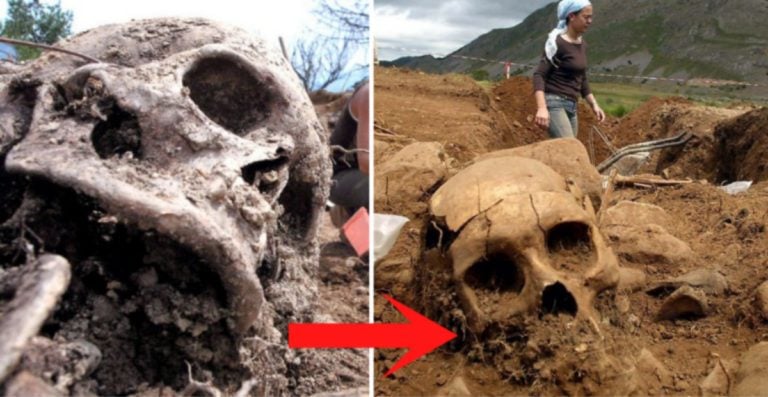
The Iconic Excavation
Archaeologists have been tirelessly working in a remote area of East Africa, once the center of a thriving civilization. The excavation has unearthed the ruins of an ancient city, including magnificent architectural structures, streets, and living areas. These ruins demonstrate an unprecedented level of complexity and sophistication in this region.
Colossal Architectural Structures
The highlight of the excavation is the discovery of colossal architectural structures, including temples, palaces, and city walls. These structures, built from massive stone blocks and adorned with intricate carvings, showcase the advanced engineering and artistic skills of this ancient civilization.
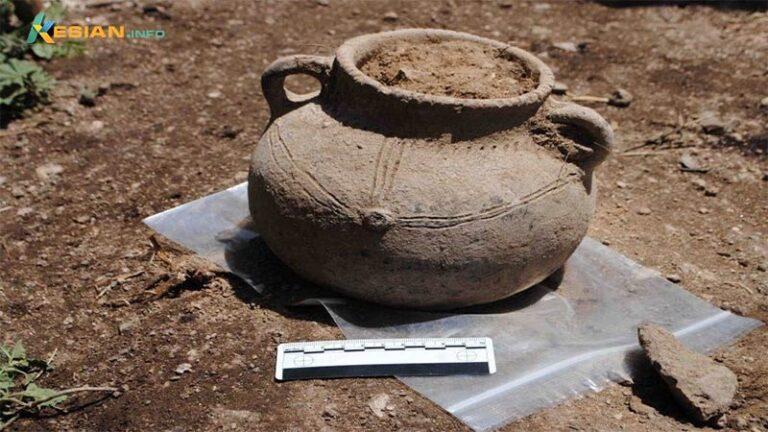
Life and Culture
Archaeologists also discovered numerous valuable artifacts, including pottery, jewelry, and everyday tools. These artifacts provide deep insights into the daily life, culture, and religion of the inhabitants of this city. The remaining paintings and sculptures depict a complex and developed society, with rich rituals and festivals.
Historical Significance
This discovery not only opens a new window into understanding the ancient civilization of East Africa but also reshapes our perception of the region’s history. The colossal ruins and precious artifacts offer scientists a wealth of data to study and understand the rise and fall of this civilization.
Conclusion
The discovery of the colossal ruins of East Africa’s historic city marks a significant advancement in archaeology. It stands as a testament to the perseverance and dedication of scientists, and it tells an exciting story of the development and prosperity of an ancient civilization. These new findings are sure to continue illuminating the mysteries of human history and culture.
